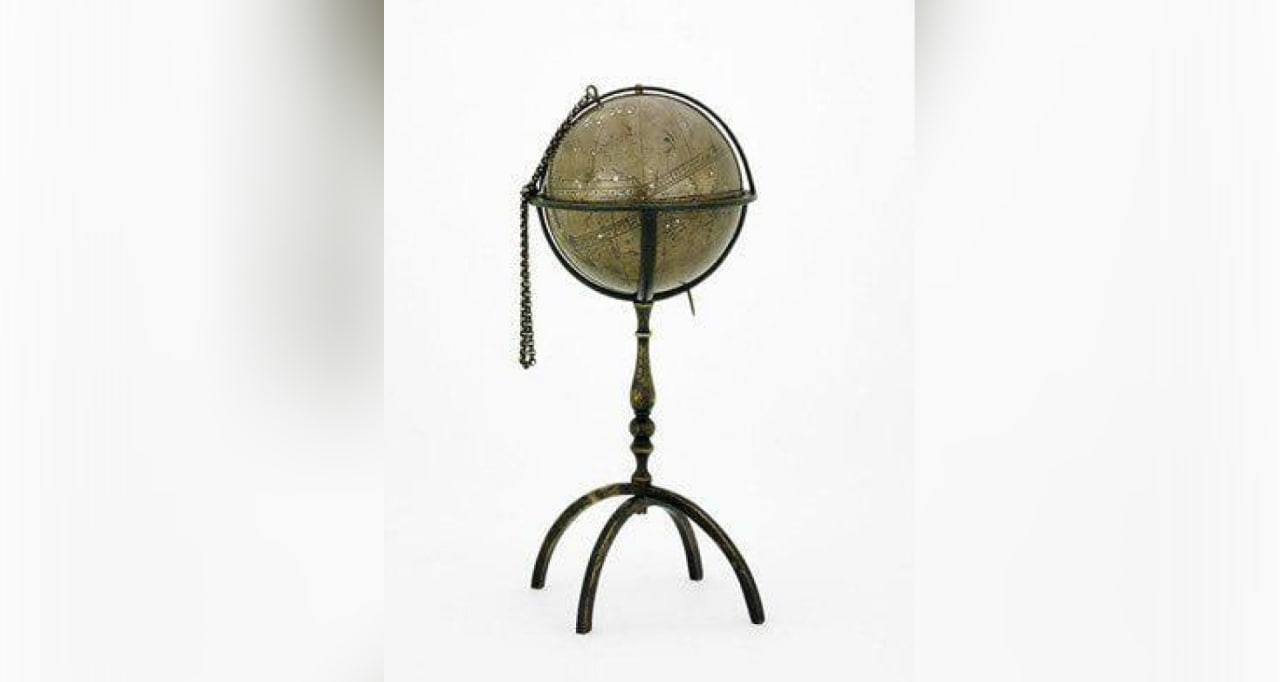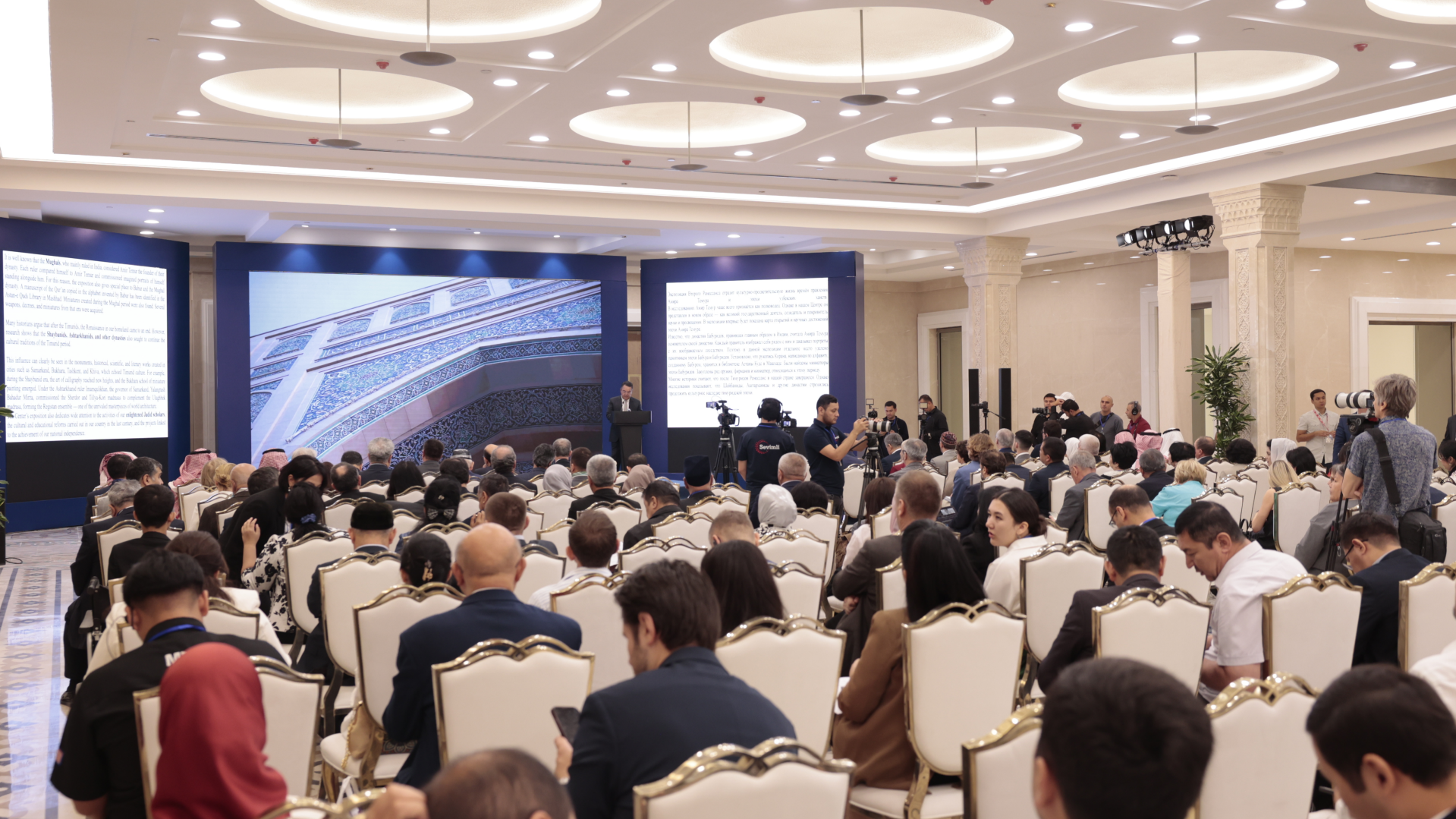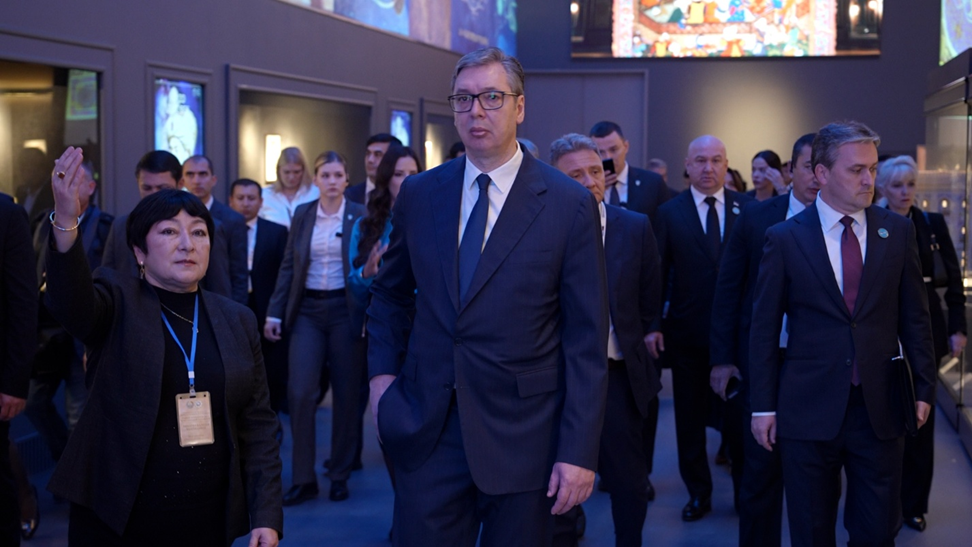The celestial globe from the era of Mirzo Ulugh Beg

This unique celestial globe preserved in the British Museum testifies to the high level of scientific knowledge and craftsmanship that had developed in the East during the 15th century.
The globe is made of brass and accurately records the coordinates of nearly 60 stars. The constellations are arranged along the ecliptic, while the names of the stars and groups are inscribed in the Kufic script characteristic of that period. It is of great significance not only scientifically but also artistically.
According to the inscription on the southern hemisphere, the globe was created in the Hijri year 844 (1430/31 CE) by the famous master Muhammad ibn Ja’far ibn Umar al-Usturlabi. This confirms Ulugh Beg’s dedication to science and the widespread use of astronomical instruments in the educational process of his madrasas.
The globe served not only as a masterpiece of art but also as a practical teaching tool. In Ulugh Beg’s observatory, students studied the movement of stars, constellations, and the laws of the cosmos through such astronomical instruments. This demonstrates the harmonious development of both theoretical and practical knowledge.
In the near future, a replica of this valuable exhibit is planned to be displayed in the exposition of the Center of Islamic Civilization in Uzbekistan.
Most read

Over 100 experts from more than 20 countries of the world are in Tashkent!

President of Serbia Aleksandar Vučić visited the Islamic Civilization Center in Uzbekistan

The Center for Islamic Civilization – a global platform leading towards enlightenment











